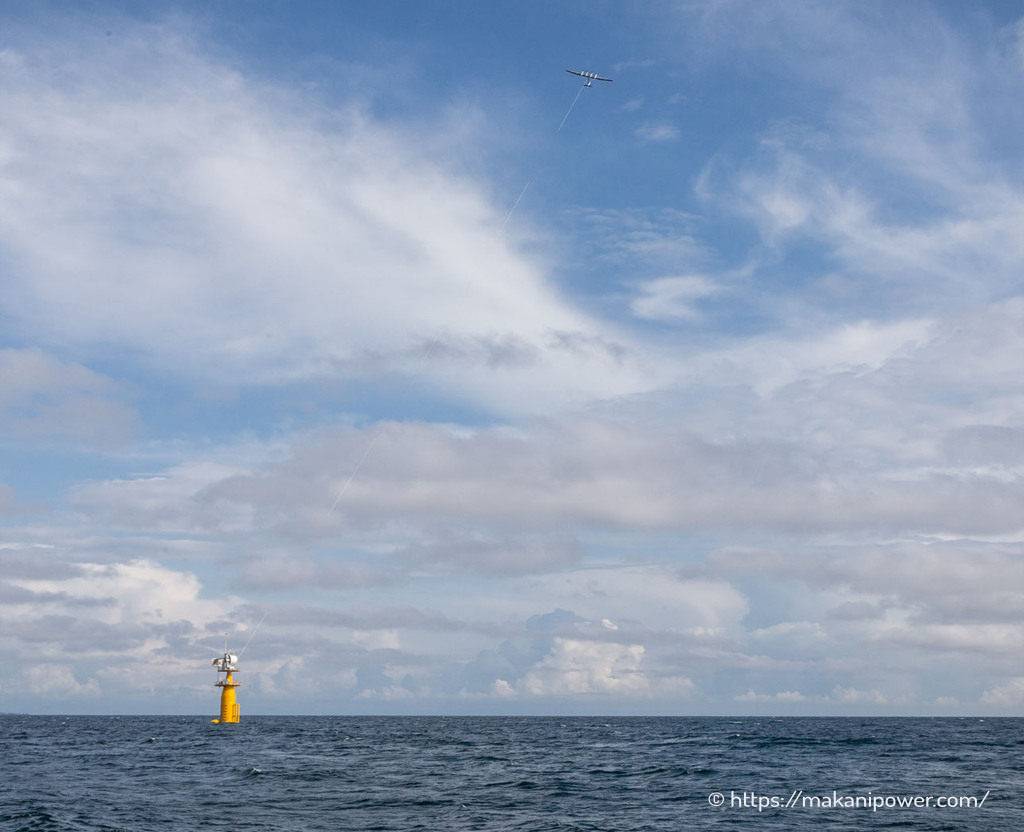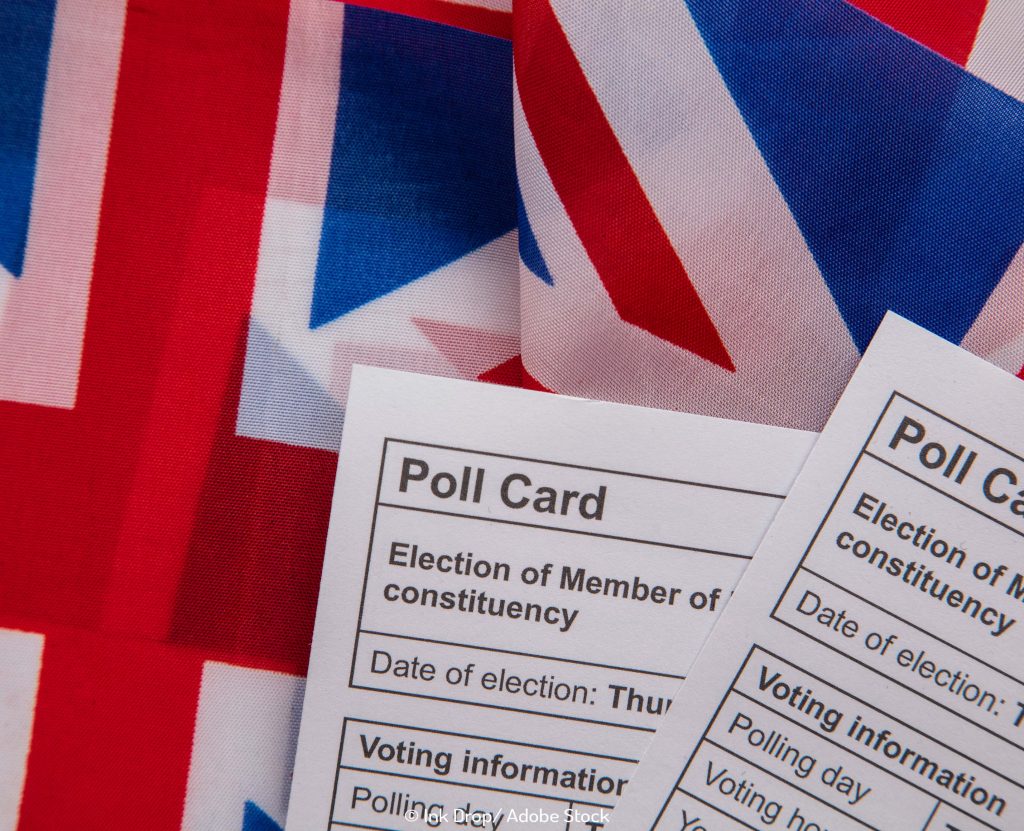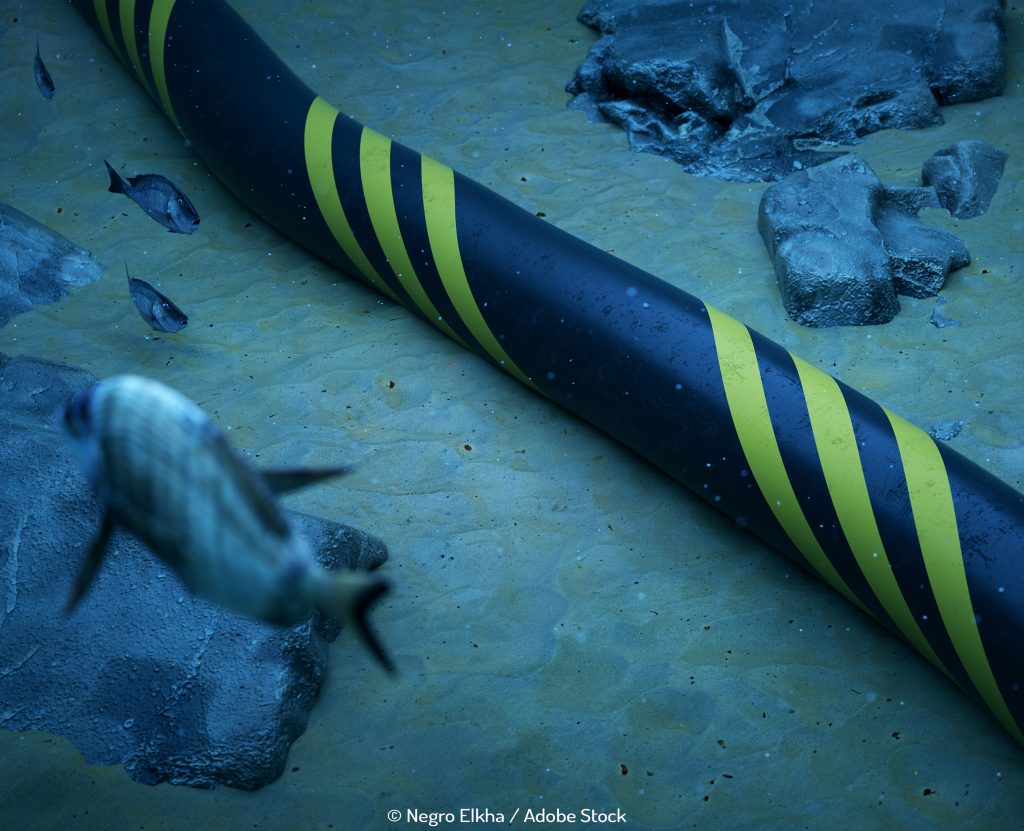
Flying wind turbines, the next big thing?
Is there a more satisfying string of words than: “The tests we conducted proved that it works”? Perhaps it depends on the context but, in the potential future of deep wind power generation being airborne, I think not.
You see, the Alphabet-subsidiary Makani – with support from Shell – has successfully completed a week-long trial of a flying wind turbine.
It involves a carbon-fibre kite which is tethered to a buoy in waters 220m deep. As the kite flies autonomously in loops, rotors on the wing spin as the wind moves through them, generating electricity that is sent down the tether to the grid. Each one is designed to generate enough power for 300 homes – up to 600kWh, and can do this in offshore areas that are not economically viable for existing technologies.
With the corrosive nature of sea water, there had been concerns about how it would perform but the team were pleased with the results. Fort Felker, Makani’s CEO, said: “That’s a giant step forward. Now we’ll come back to adapt the systems for the overall marine environment that we’ll want to commercialise in.”
For over a decade Makani has been designing, building and testing energy kites. This current model went into testing four years ago. As BNEF wind analyst Rachel Shifman told Bloomberg: “It’s a big step forward, but Makani has a lot more work to do before commercialisation. The next thing to look out for will be proof of continuous operation and scaling up to bigger machines for utility operations.”
Wind power only accounts for around 4% of the world’s electricity – despite power generation having increased five-fold between 2008 and 2018 according to the US Energy Information Administration. Those who haven’t bought the wind-powered t-shirts argue the wind doesn’t blow all the time. But higher up (above 500m) winds are more consistent – and stronger. According to the BBC, an influential 2012 study from California’s Lawrence Livermore National Laboratory found that high-altitude winds alone could provide 100 times the global energy demand.
Udo Zillmann, from Airborne Wind Europe, believes these turbines are the “next step in the digitalisation of the traditional windmill” but believes they’ll be used together with traditional wind turbine towers for a long time yet. “Airborne wind energy is a minimalistic version of a turbine, incorporating only the necessary elements: a blade and a tether measuring a few centimetres in diameter. These systems require between 1% and 10% of the materials used to construct a turbine and can also be grounded if required, for example to ease the passage of migrating birds.”
You would need hundreds of Makani’s kites to be able to power a small city but people like Zillmann are confident drones like these will help renewable energy meet the “entire world’s energy needs.”


